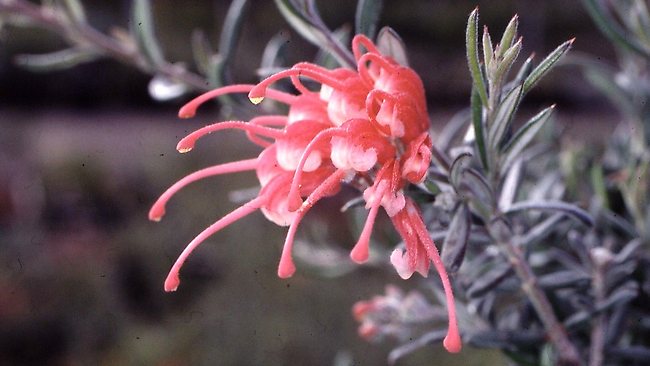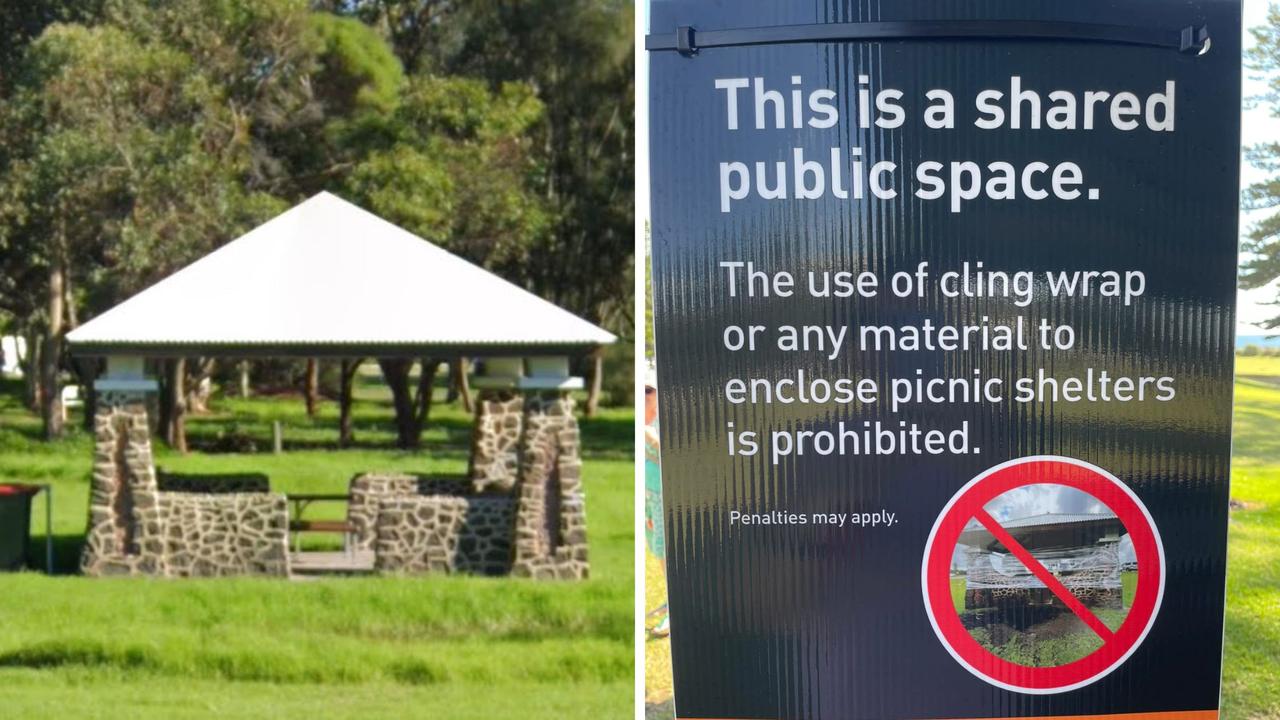Gardening with Malcolm Campbell: Get grevilleas thriving
I'M forever advising gardeners on how to get their grevilleas, right, to thrive.

I'M forever advising gardeners on how to get their grevilleas, right, to thrive.
I believe it is best done by treating the soil with EDDHA iron chelates. Other forms of iron chelates which are sold by most garden centres and nurseries are useless as anything but foliar applications.
I have some fine grevillea species in pink, cream and apricot cultivars growing in the garden and they are totally hardy on alkaline soils. They grow to about 3m in sheltered spots and can be used as a boundary screen, as they are a hardy flower capable of shining for a long period.
More: Use Homelife's planting guide
Don't forget to plant rosemary
I KNOW I've said it before, but it's time to plant rosemary before the weather warms up too much.
Rosemary establishes easily on cold soils in winter and spring. As woody plants, they can be clipped to a hedge or left alone as the flowers provide nectar for bees in winter. Plant them near your vegie garden as the fragrance they emit offers some protection to plants that could be white fly targets, such as carrots and zucchini.
No beer, but hop bushes make a splash
IT'S a shame, but our native hop bushes - or Dodonaea species - can't be used to make beer.
They are simply spring-flowering shrubs in areas of low soil fertility, and I must say they are stunners.
Their flowers are almost invisible but colourful bracts make up for that, just like bougainvilleas.
I love the tiny leaves and rich red flowers of Dodonaea boroniifolia, right, which are widespread in the Mallee.
It only grows 1.5m tall and about 2m wide and never needs watering after its establishment year.
Senna tough but eye-catching
NATIVE Senna or Cassia species are mostly golden flowering small shrubs that are really hardy.
I've often mentioned the many Senna artemissioides forms but Senna acclinis really caught my eye recently.
It makes a compact bush 1-2m tall with large golden flowers, which lasts almost all year.
Being a legume, they don't need fertilising as they have nodules and mycorrhizae on their roots that meet all their nutrient needs.
Stop the spread of fungi
THE woolly leaf melaleucas, such as Melaleuca incana, seem quite prone to a coccid scale infestation.
It's vital to stop the spread as it can lead to a secondary infestation of a sooty fungal infection, which affect the woody branches.
This is bad as it impedes growth. I'd suggest a spray with Confidor to control the scale and then a spray with Eco-Oil to remove the favoured habitat for the fungal infection.
The fungi fight
I OFTEN get asked how to control bracket fungi on fruit trees or other trees.
The fungi that looks like fans on the stems only colonise dead tissue, meaning removing the dead limb is a solution.
I often see bracket fungi on furniture too and decorative logs in the garden.
As a forest technician many years ago, I saw them totally render to dust.
Natural compost if you like.
You may choose that path too, however if removing a limb is too difficult, just scrape the fungi off and spray with Yates liquid copperor any other copper compound like Kocide, or copper oxychloride.
More: Great gardening projects



